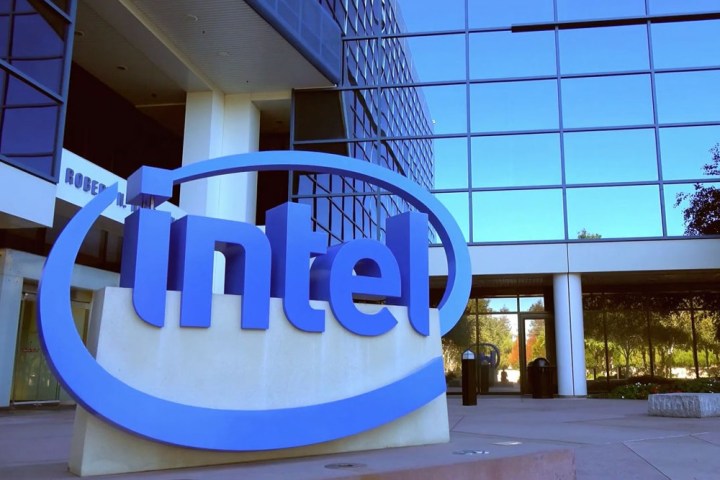
Here is the info versus the current details regarding Intel’s latest seventh-generation “Kaby Lake” 200 Series chipset:
| 200 Series PCH-H | 300 Series PCH-H | |
| Total number of high-speed I/O ports: | Up to 30 with flexibility | Up to 30 with flexibility |
| PCI Express 3.0 lanes: | Up to 24 lanes | Up to 24 lanes |
| USB 3.1 Gen1 ports (5Gbps): | Up to 10 ports | Up to 10 ports total |
| USB 3.1 Gen2 ports (10Gbps): | — | Up to 6 ports (part of Gen1 total) |
| SATA 3.0 ports (6Gbps): | Up to 6 | Up to 6 |
| M.2 SSD ports: | Up to three x4 ports | Up to three x4 ports |
| Intel Optane support: | Yes | Yes |
| DMI speed: | x4 3.0 | X4 3.0 |
| Maximum processor PCIe 3.0 configurations: | 1×16 2×8 1×8 + 2×4 |
1×16 2×8 1×8 + 2×4 |
| Integrated Wireless AC support (gigabit Wi-Fi/Bluetooth CNV): | — | Yes |
As the supposed leaked slide shows, the only difference between the two chipsets (for now) is that the 300 Series includes USB 3.1 Gen2 technology, Wireless AC, and Bluetooth connectivity. To be clear, the collective that manages the USB standard redefined USB 3.0 when the second generation became final. Thus, USB 3.0 is now USB 3.1 Gen1 with speeds of up to 5Gbps. The new USB 3.1 Gen2 standard, which is usually associated with Type-C physical connections (Type-A is the full-sized rectangular port) and Thunderbolt 3, speeds along at up to 10Gbps.
That said, Intel’s chipsets have supported USB 3.0/USB 3.1 Gen1 since the standard became golden. And now that USB 3.1 Gen2 is becoming more mainstream, Intel appears to be adding support for that 10Gbps connection as well. The fact that the leaked slide uses USB 3.0 terminology leads to speculation that perhaps it is nothing more than a screenshot of a document table conjured up by theorists using Intel-like colors for an “authentic” feel.
In addition to USB 3.1 Gen2, the slide also suggests gigabit Wi-Fi. If that holds true, this detail could indicate that Intel plans to incorporate a component based on the 802.11ac Wave2 standard, which has a theoretical throughput range of up to 2.34Gbps by incorporating MU-MIMO technology. The Wave1 standard generally used today has a theoretical maximum throughput rate of 1.3Gbps based on SU-MIMO technology. Intel may wait on using the newer 802.11ad specification until the 400 Series chipset hits the market at the end of the year.
| 802.11ac Wave1 | 802.11ac Wave2 | 802.11ac Base Spec | |
| PHY Rate: | 1.3Gbps | 3.47Gbps | 6.9Gbps |
| MAC Throughput: | 867Mbps | 2.34Gbps | 4.49Gbps |
| MU-MIMO Support: | No | Yes | Yes |
| Modulation: | 256 QAM | 256 QAM | 256 QAM |
| Max spatial streams: | 3 | 3 to 4 | 8 |
| Max channel width: | 80MHz | 160MHz | 160MHz |
| 5GHz max speed: | 1.3Gbps (433Mbps x3) |
2.34Gbps (~560Mbps x4) |
4.49Gbps (~560Mbps x8) |
| 2.4GHz max speed: | 433Mbps | 433Mbps | 433Mbps |


